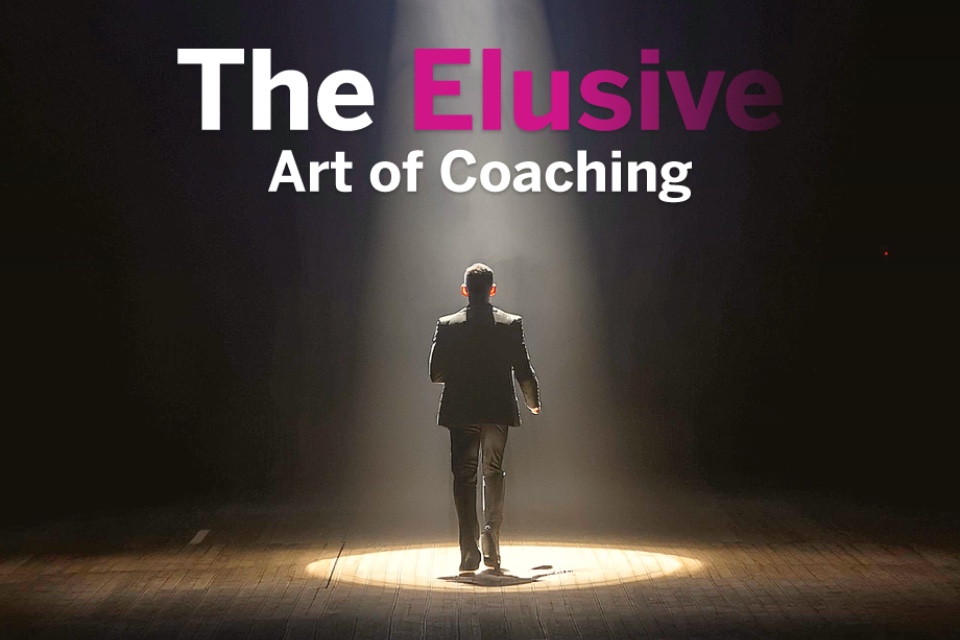By Sharon Platts, Director of Organisational Change, Connor
HR leaders are relied upon to provide solutions to a range of organisational challenges, including talent strategy. Their influence is most critical in the boardroom, where they have the responsibility for the development and engagement of the senior management team.
What does good leadership look like today and how can leadership development programmes address any gaps?
1. The right behaviours and emotions to supplement skills and knowledge
You might promote to the board a seasoned finance professional with years of solid performance within your organisation and sector. But if this newly appointed finance director doesn’t display the same flexibility of behaviour as your other board members or lacks the empathy to deal with the concerns of his or her department, then they won’t be an effective leader. In short, leaders need to be emotionally intelligent.
One example of constructive behaviours that emotionally intelligent leaders demonstrate is an ability to show their vulnerability, which comes from having trust with others. Good leaders are honest about who they are and what they are good and not so good at – making them individuals.
Another positive leadership behaviour to cultivate in the boardroom is an ability to cope with and foster disruptive innovation. A willingness to look at and change the organisation or department plan on a regular basis is vital.
If these or other signs of emotional intelligence are lacking in your board, then building a plan to develop their EQ with targeted coaching could be highly beneficial. This goes not only for new members joining your board, but for anyone whose mindset could benefit from some development.
2. Flexibility
A truth that we see time and again in our work is that a ‘one size fits all’ approach to leadership just doesn’t work. When building a leadership development programme, think: what does a board need in a volatile, uncertain environment? More often than not, the board doesn’t need specific behaviours or skills but they do need flexibility – they need more than one approach to problems.
On top of flexing their style, leaders need an agile approach to their communication and influencing style, brought about by leading a multi-generational workforce.
As workforce demographics change, leaders must adapt their approach and consider whether the way they do things today will continue to work in the future. Millennials expect more transparency and communication and leaders need to address that. Not everything can happen behind closed doors and organisations are going to need to shift in their leadership style to keep people engaged.
Models like the seven universal triggers of emotion are useful to refer to when checking how well your leaders are communicating and influencing others. Fear is triggered by a loss of something of value. Anger is caused by having a goal blocked. If you see fear and anger in your organisation it might be time to address the underlying causes of these emotions with your leadership team. Once you deal with those you can lead effectively through most circumstances.
3. An ability to listen, follow, mentor and coach
Good leaders are constantly aware of the impact they have on others. Given that those in higher positions in organisations tend to get less feedback, leaders need to seek out others and ask “how am I doing?” on a regular basis.
Strong leaders will also know when to follow. Board members will need to follow the direction of their CEO or managing director and at other times, will need to buy into agendas driven by their peers and team members. Senior people require the emotional intelligence to deal with this while achieving corporate objectives.
Leaders who will succeed are the ones asking themselves: ‘How do I show up and impact others? When do I mentor? When do I coach? When do I direct?’ Leaders shouldn’t drown people, they should empower and support people to come up with a course of action and have the resilience to achieve this in a complex environment. If HR leaders can find a way to help others in their organisation adopt this manner of thinking more readily, they’ll help instil a coaching culture across their organisation that will benefit not only the board, but all levels.
See you at the HR Summit
Connor will be attending the HR Summit, and we’re keen to talk with like-minded organisations on how we can work in partnership to improve the working world through your people. We look forward to seeing you there.
About the Author – Sharon joined Connor in 2018. Along with Fraser and Julia, Sharon works with our clients to identify how we can help their organisations to evolve and thrive through their people. Sharon brings to Connor more than 20 years’ experience in senior HR and consultancy roles. This means she has a deep empathy for the challenges and aspirations of our clients, and can help them leverage Connor’s 25-year legacy of HR and organisational change expertise in order to achieve their goals.






